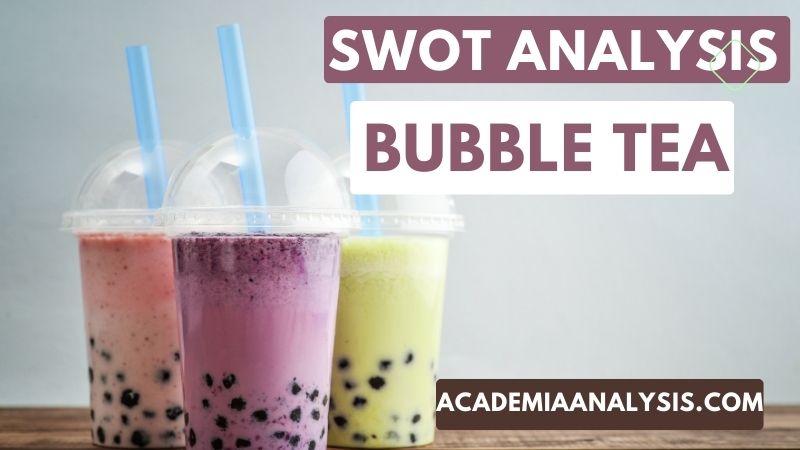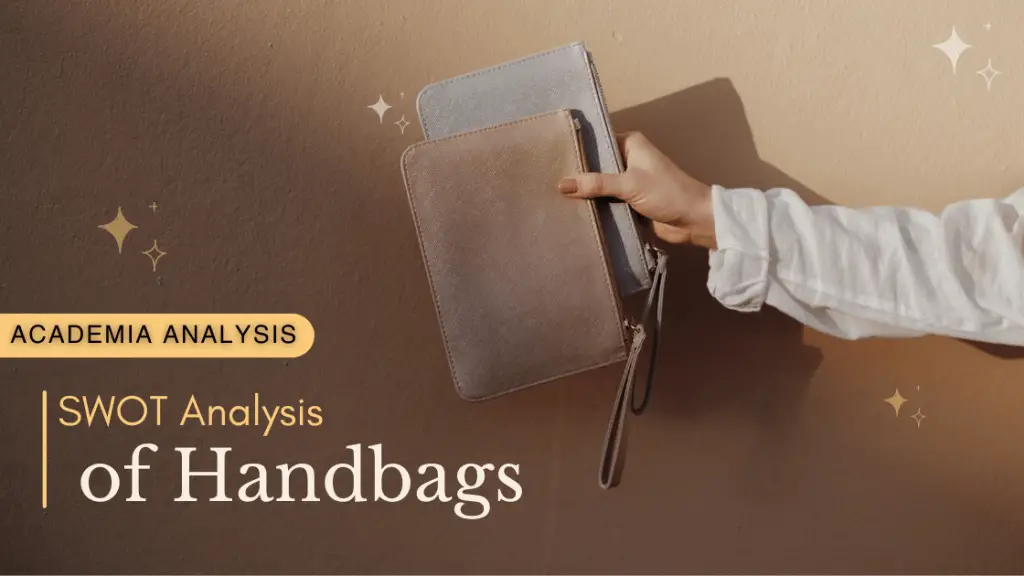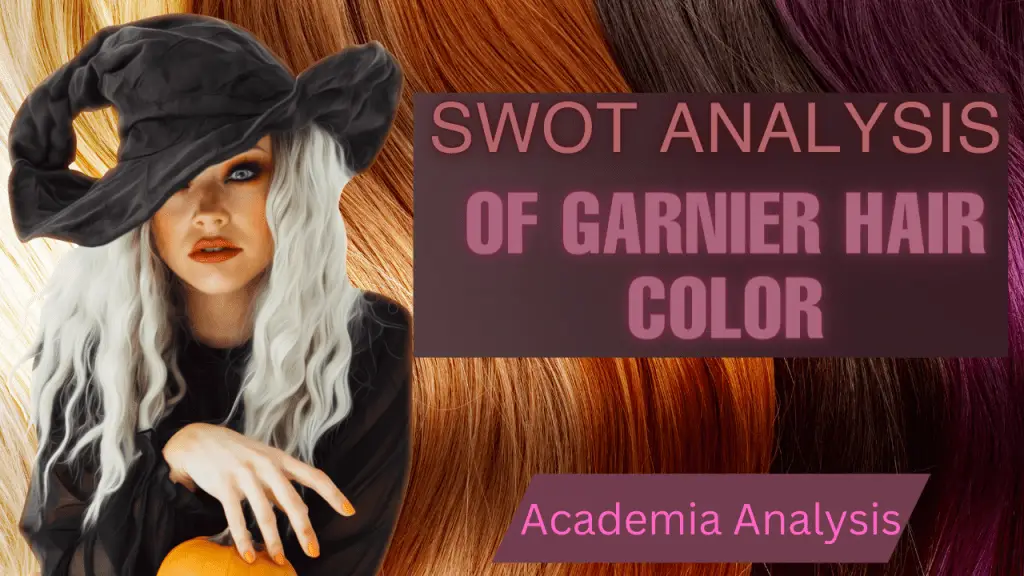Bubble tea, also known as boba tea, is a popular Taiwanese drink that has gained widespread popularity around the world. This unique beverage is made with a tea base, which can be either black, green, or oolong tea, and combined with milk or fruit flavors. The drink is then mixed with chewy tapioca pearls or fruit jelly, which are sipped through a wide straw. With its sweet taste and fun texture, bubble tea has become a trendy beverage among people of all ages and has become a staple in many Asian communities and beyond.
Bubble tea, also known as boba tea or pearl milk tea, is a popular beverage that originated in Taiwan in the 1980s. It is made with a tea base, milk, and chewy tapioca pearls or other toppings. Over the years, bubble tea has gained immense popularity and has become a staple beverage in many countries around the world. However, like any business, bubble tea also has its strengths, weaknesses, opportunities, and threats. In this article, we will conduct a SWOT analysis of bubble tea.
Strengths:
Variety of Flavors: Bubble tea comes in a variety of flavors, including fruit, milk, and tea-based flavors. This variety attracts a wide range of customers with different tastes and preferences.
Customizability: Bubble tea is highly customizable. Customers can choose the sweetness level, the type of milk, and the toppings they want. This allows customers to create their own unique drinks and makes the experience more personalized.
Unique Selling Proposition: Bubble tea has a unique selling proposition that sets it apart from other beverages. The chewy tapioca pearls or other toppings provide a different texture and taste that customers can’t find in other drinks.
Social Media Presence: Bubble tea has a strong presence on social media platforms like Instagram, Twitter, and Facebook. This helps to promote the brand and attract new customers.
Weaknesses:
High Calorie Content: Bubble tea can be high in calories due to the added sugar and milk. This can be a turn-off for health-conscious customers who are looking for low-calorie options.
Limited Shelf Life: Bubble tea has a limited shelf life and needs to be consumed within a few hours of preparation. This can be a challenge for businesses that need to maintain inventory and minimize waste.
Dependence on Tapioca Pearls: Bubble tea’s unique selling proposition depends heavily on the chewy tapioca pearls. If the quality of the pearls is not consistent, it can negatively impact the overall experience and customer satisfaction.
High Competition: Bubble tea faces high competition from other beverage options like coffee, smoothies, and other non-alcoholic drinks. This makes it challenging to stand out in a crowded market.
Opportunities:
Healthier Options: Bubble tea businesses can offer healthier options by using natural sweeteners, low-fat milk, and fresh fruit. This can attract health-conscious customers and differentiate the business from competitors.
Expansion to New Markets: Bubble tea businesses can expand to new markets and geographic locations. This can help to increase revenue and reach new customers.
Collaboration with Other Businesses: Bubble tea businesses can collaborate with other businesses, such as bakeries or cafes, to offer complementary products. This can help to attract new customers and increase sales.
Online Ordering and Delivery: Bubble tea businesses can offer online ordering and delivery services to make it more convenient for customers to order and enjoy their drinks. This can also help to expand the customer base and reach new markets.
Threats:
Health Concerns: Bubble tea businesses face increasing health concerns due to the high sugar and calorie content. This can lead to negative publicity and a decline in sales.
Changing Consumer Preferences: Consumer preferences can change quickly, and bubble tea businesses need to adapt to these changes. Failure to do so can lead to a decline in sales and loss of customers.
Economic Factors: Economic factors, such as recessions or economic downturns, can impact consumer spending habits. This can negatively impact the sales and revenue of bubble tea businesses.
Competition: Bubble tea businesses face intense competition from other beverage options. This can make it challenging to stand out in a crowded market and attract new customers.
Bubble tea industry has experienced significant growth over the years and continues to evolve to meet the changing demands of consumers. While there are strengths and opportunities for the industry, there are also weaknesses and threats that need to be addressed. Conducting a SWOT analysis can help bubble tea shops to identify areas for improvement and develop strategies to stay competitive in the market.






